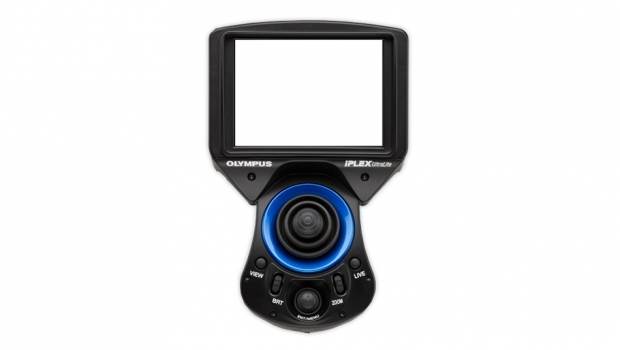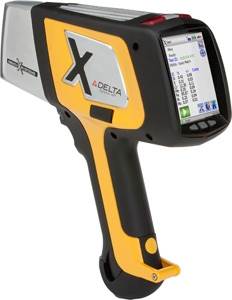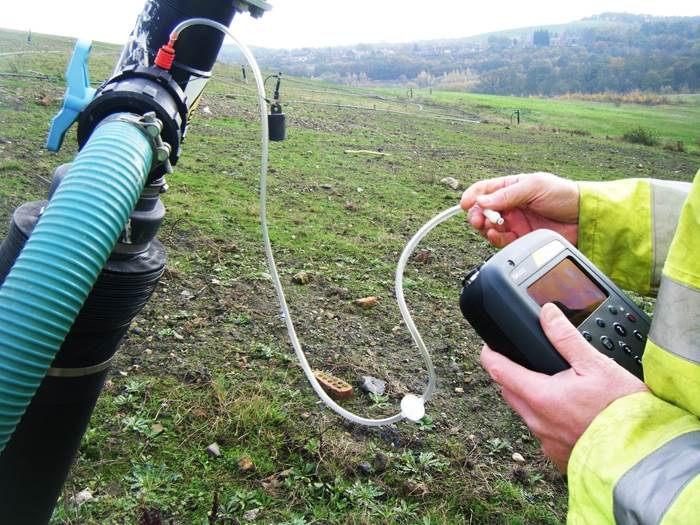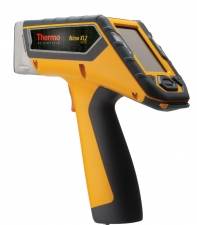- Contact 0870 350 7767
- |
- Advertise
Home > Ashtead Technology Ltd > The rise and rise of thermography
The rise and rise of thermography
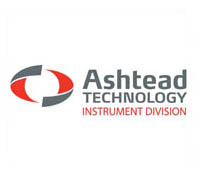 News and PR from Ashtead Technology Ltd - Published 26 October 2012
Ashtead Technology are reported an increase in thermopgraphy applications. Will Russell, Technical Support Engineer, explains why...
News and PR from Ashtead Technology Ltd - Published 26 October 2012
Ashtead Technology are reported an increase in thermopgraphy applications. Will Russell, Technical Support Engineer, explains why...
There are four major causes for the growth in demand for thermography; the economic situation is placing pressure on businesses to lower costs, energy costs are rising; regulatory pressure is driving improved energy performance and environmental pressures are forcing organisations to examine their carbon footprint.
Will Russell has been a technical support engineer with instrumentation specialist Ashtead Technology for over seven years, and in the course of this article he will discuss the reasons behind the growth in demand for infrared cameras and offer guidance on how to conduct an effective survey.
Conducting a survey
Companies frequently rent a camera in order to conduct their own initial survey and if this indicates a significant opportunity for improvement, it is likely that a thermographic consultant will be employed. However, in both situations it is important that the right camera is employed. A basic survey can be undertaken with a budget camera, but the user may discover that greater resolution is required or a video record is necessary, so it is often sensible to discuss the intended application with the instrument rental provider before choosing a camera. However, the advantage of hiring equipment is that it provides an opportunity to upgrade if necessary.
There are a few basic rules to ensure the success of a survey:
1. Choose the right camera specification
2. Know the temperature range to be monitored
3. Calculate the likely distance from the camera to the subject if a long distance is required a high-spec camera can avoid the cost and hassle of gaining access
4. Conduct a pre-survey risk assessment
5. Scan each surface several times from various angles to derive a consistent reading and make a record of any irregularities some materials are thermally transparent, whilst materials such as metals have low emissivity
6. From a safety perspective it is recommended for two people to conduct a thermographic survey
7. Be aware that lowered temperature can also indicate impending failure
Frequently, it is only necessary to identify cold or hot spots, so an entry-level device such as the FLIR E60 is the most effective, both in terms of cost and simplicity. Many mid-level instruments such as the T440 allow users to take visual images and even overlay them with the infrared image to improve interpretation, whereas more advanced instrumentation such as the T640 offers extremely high levels of infrared resolution for larger-scale predictive maintenance and research work.
Will Russell has been a technical support engineer with instrumentation specialist Ashtead Technology for over seven years, and in the course of this article he will discuss the reasons behind the growth in demand for infrared cameras and offer guidance on how to conduct an effective survey.
Conducting a survey
Companies frequently rent a camera in order to conduct their own initial survey and if this indicates a significant opportunity for improvement, it is likely that a thermographic consultant will be employed. However, in both situations it is important that the right camera is employed. A basic survey can be undertaken with a budget camera, but the user may discover that greater resolution is required or a video record is necessary, so it is often sensible to discuss the intended application with the instrument rental provider before choosing a camera. However, the advantage of hiring equipment is that it provides an opportunity to upgrade if necessary.
There are a few basic rules to ensure the success of a survey:
1. Choose the right camera specification
2. Know the temperature range to be monitored
3. Calculate the likely distance from the camera to the subject if a long distance is required a high-spec camera can avoid the cost and hassle of gaining access
4. Conduct a pre-survey risk assessment
5. Scan each surface several times from various angles to derive a consistent reading and make a record of any irregularities some materials are thermally transparent, whilst materials such as metals have low emissivity
6. From a safety perspective it is recommended for two people to conduct a thermographic survey
7. Be aware that lowered temperature can also indicate impending failure
Frequently, it is only necessary to identify cold or hot spots, so an entry-level device such as the FLIR E60 is the most effective, both in terms of cost and simplicity. Many mid-level instruments such as the T440 allow users to take visual images and even overlay them with the infrared image to improve interpretation, whereas more advanced instrumentation such as the T640 offers extremely high levels of infrared resolution for larger-scale predictive maintenance and research work.
Other announcements from Ashtead Technology Ltd
-
Rapid growth in videoprobe hire
In response to escalating demand for industrial endoscopes and videoscopes, instrumentation specialist Ashtead Technology has added the latest Olympus models to its fleet. As a consequence, Marketing Manager Stewart Curtis believes that Ashtead Technology now has the largest stock of rental videoprobes and borescopes anywhere in Europe.
17 Oct 2012
-
Fleet of XRF analysers designed to meet every need
Instrumentation specialist Ashtead Technology has added the portable Olympus DELTA DS2000 XRF Handheld Metals Analyser to its fleet of rental equipment.
12 Sep 2012
-
The latest technology in landfill gas analysis
Part II A of the Environmental Protection Act 1990 sets the minimum standard for contamination when land is redeveloped.
07 Aug 2012
-




